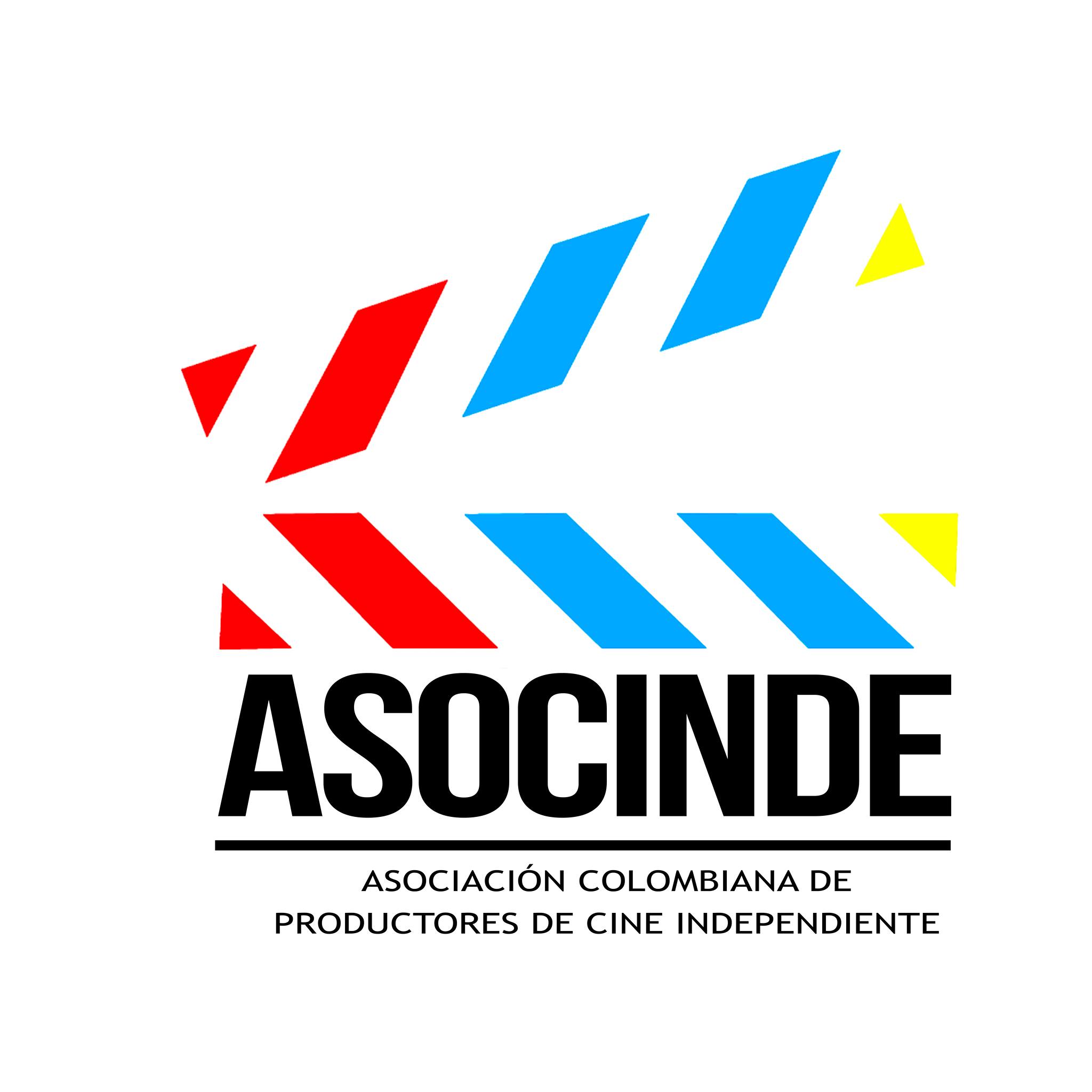to finance and make films, a practice known as co-production. Under co-production treaties signed between Governments, a qualifying film is granted two or more “nationalities” and thereby is eligible for national tax incentives and other forms of state support aimed at promoting film production, distribution and/or exhibition.
National fiscal incentives and international co-production treaties serve as two vital tools for achieving many nations’ policy objectives of creating a sustainable film industry and promoting audiovisual culture and education. Fiscal incentives and subsidies for film and television production are recognized under WTO (GATT) international trade rules. Today, these incentives and treaties make possible the production of most films which are aimed at international audiences, and are significant and growing components in government audiovisual regulatory policymaking.
In Latin America, since the early 1990’s, a number of government programs based on fiscal incentives, subsidies, tax shelters, etc, have arisen and rapidly assumed an important role in encouraging production of audiovisual content, as well as distribution, exhibition and film project development. This trend is growing and taking on an even more prominent role as policymakers consider new mechanisms applicable to the globalized audiovisual context and the digital environment.
Among the most important benefits of international co-productions is the division of labor of practical and creative aspects in all stages of the project: development, funding, production and distribution, as well as the possibility to attract private resources and other forms of financing.
The Success of International Co-productions in Europe
Despite the general acknowledgement of the importance of international co-production, there are few technical studies which confirm that conclusion. The most important analysis which clearly demonstrates the commercial advantages of co-productions vs. films of a single nationality was published by the European Audiovisual Observatory and presented in the Film Policy Forum in the Council of Europe meeting in Krakow, Poland in September 2008.
This study analyses the circulation and performance of European co-productions both inside and outside their national markets and compares their performance to that of entirely national films. It compares circulation in terms of the average number of release markets for each of the two types of film. The data sample comprises more than 5 400 films with theatrical release between 2001 and 2007 in 20 selected European markets. The three most important conclusions are:
1) European co-productions travel better than their 100% national counterparts to the extent that, on average, co-productions get released in more than twice as many markets as national films. 77% of all co-productions get released on at least one non-national market, compared to 33% for entirely national films.
2) European co-productions earn on average 2.7 times as many admissions as their national peers.
3) In terms of admissions, non-national markets are more important for co-productions than for entirely national films. Non-national admissions account for 41% of total admissions to co-productions compared to 15% for entirely national films.
The Panorama of Incentives in Latin America
Many Latin American countries provide specific legislation to promote investment in film production as well as international co-productions.
Argentina currently maintains international co-production agreements with Germany, Spain, Colombia, France, Chile, Italy, Morocco, Mexico, Uruguay, Canada, Venezuela and Brasil. The subsidy and credit system regulated by the National Institute of Cinema and Audiovisual Arts – INCAA offers mechanisms to promote film production and exhibition in cinemas and other electronic format through Law 17.741. In 2008, a new Resolution was published which establishes Pesos 3.500.000 as the ceiling for subsidies granted to national feature films.
In Mexico, since 2007, Article 226 of the Income Tax Law (Eficine) offers a 10% tax deduction for investment in national films. In addition, the Mexican Film Institute-IMCINE, offers incentives through the two traditional funds, FOPROCINE and FIDECINE, which provides financial resources for “artistic” film or those with special merit, and commercial films, respectively. Mexico also offers a new High Impact Film Industry Support Program, which provides an incentive of up to 17.5% based on the local spend of international film productions.
In Colombia, Law 814 published in 2003 provides two primary mechanisms to promote co-productions in the Colombian film industry, as follows:
1) The Film Development Fund (FDC) which receives funds based on a “parafiscal levy” (a type of tax) paid by exhibitors, distributors and producers derived from the exhibition of films in Colombia; and
2) Tax incentives based on a deduction offered to taxpayers via donations and investors in Colombian film projects. The tax deduction may be up to 125% of the amount invested or donated (for donations the limit is 30% of net income).
In Brazil, international co-productions may or may not make use of an international co-production treaty. In either case, The National Film Agency – ANCINE provides specific procedures to be followed for productions which seek the Brazilian Product Certificate (CPB), and intend to seek financing using existing incentives. The most significant incentives are included in the “Audiovisual Law” (Federal Law 8.685/93, modified by Provisional Law 2228/01), which allows individuals and corporations to invest a portion of their income tax (3%), as deductible expenses, with a limit of R$3 million per project. In addition, Article Three of the Audiovisual Law allows foreign film distributors in Brazil to invest in authorized Brazilian film projects, up to 70% of their withholding tax due on remittance of earnings derived from distribution of foreign films.
At present, Brasil has bilateral treaties with Argentina, Germany, Canada, Chile, Spain, France, Italy, Portugal, Venezuela, India (not-implemented), and Israel (not implemented). Brazil also maintains Cooperation Protocols between ANCINE and other countries and/or regions such as Galicia (Spain) and Portugal.
The newest mechanism in this area was announced during the 2010 Rio de Janeiro Film Festival, to promote co-productions between Brasil and Argentina: The government film entities of both countries, ANCINE and INCAA, joined forces to create a film production fund. The total available funding is US$800,000 to be provided to 4 projects (two from each country). Rather than a strict financing mechanism, the fund will function as a kind of endorsement, to enable the projects to obtain additional capital in both countries simultaneously.
International Co-production Initiatives in the U.S.
In the US there is also a new acknowledgement of the value and importance of international audiovisual co-productions, although the US does not maintain bilateral co-production treaties with any country. The Independent Filmmakers Project – IFP offers the program No Borders International Co-Production Market as part of its Independent Film Week, which is an opportunity for US producers and those from other countries to meet industry professionals such as producers, investors, distributors, sales agents and others. The IFP also operates the International Alliance Program with partners in various regions of the world, and the Latin American Training Center – LATC latamtrainingcenter.com serves as the official Latin American affiliate. As part of the LATC-IFP partnership, five US independent producers participated in the 2010 Rio de Janeiro International Film Festival in a panel discussion, and also met with local producers to explore co-production opportunities in Brazil. Both programs aim at promoting international co-productions.
In addition, last June, the Producers Guild of America (PGA) organized the first International Film Co-Production Showcase (CoProShow) competition, in conjunction with the second annual Produced By Conference (PBC) at Twentieth Century Fox Studios in Los Angeles. The goal of CoProShow was to provide international film producers with a unique opportunity to engage in an open dialogue with their U.S. counterparts and have one-on-one, co-production meetings with American producers.
Conclusion
In addition to opening new markets, alternative financing courses and access to producers and screenwriters of other countries, international co-productions, via the tools provided by legislative and financial incentives, are becoming more attractive every day as a means to promote the common objective of expanding national audiovisual industries and the collaborative nature of film production in the globalized audiovisual environment.
*Steve Solot
President
Latin American Training Center – LATC
Centro Latinoamericano de Treinamento e Assessoria Audiovisual
Rio de Janeiro, Brasil latamtrainingcenter.com
















